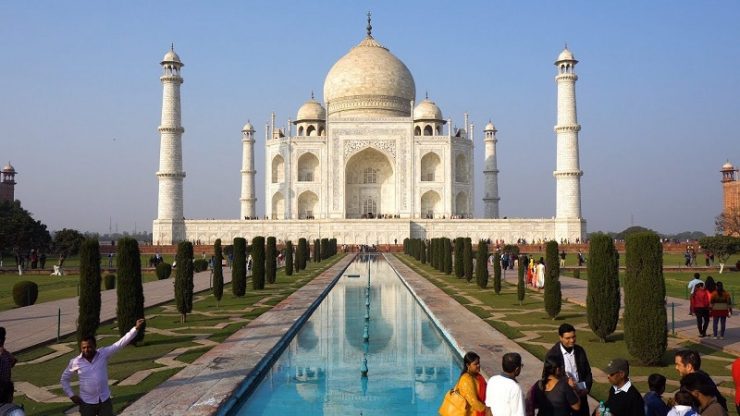ASIA-Pacific is mentioned as the most dynamic urban centers in the world. Three quarters of the world’s top 20 cities are in the region, according to the latest JLL Asia-Pacific City Momentum Index report.
But, this index also shows a shift in global influence from west to east on an ongoing basis and cities in India, China and Vietnam that dominate the top positions. India with seven cities in the top 20, the most among any country leading the 2020 Index, despite an economic slowdown last year.
India’s dominance is supported by a number of locations in the southern states, with Hyderabad (ranked 1) and Bengaluru (ranked 2) maintaining their status as the top two cities for short-term momentum.
“The fastest growing cities in India have attracted investors from abroad, who want to capitalize on the country’s economic growth,” said Stuart Crow, CEO of Capital Markets, JLL Asia Pacific in a press release.
He also mentioned that we are starting to see results from the focus of the Indian government which is continuously developing infrastructure to make it easier to do business. Although the pace of economic growth is slowing down, these structural reforms increase market transparency and encourage investment in the real estate sector. In particular, the Indian logistics property sector is gaining support from e-commerce growth and changes in people’s consumption habits.
Meanwhile, China shows an increasingly large role in driving global momentum. One fifth of the world’s top 20 cities is in China. Shanghai is the only city in China that made it into the top 20 for the past seven years.
Jeremy Kelly, JLL’s Director of Cities Research, said the extraordinary dynamism in developing economies in Asia is proof that economic reform, business growth, and infrastructure investment are able to drive industry expansion, especially in the technology sector and development of the concept of start-up. This is happening all over the world, with geographical diversity that can be seen in the Index.
This index also identifies several things that are key to growth, namely the attractiveness of experts, the expansion of innovation centers and better city planning, so that cities can respond to the challenges they face with fast-paced momentum.
Momentum in Chinese cities, namely Chongqing (11th), Wuhan (13th), Hangzhou (15th) and Shanghai (17th) are driven by talented young populations who are interested in dynamic and innovative urban centers. Although only 40 years old, Shenzhen (10th) has become a magnet for some of China’s leading technology giants headquartered in the city, making the city a dynamic technology start-up area and a center of innovation. Young talents from all over China have understood that: two-thirds of Shenzhen residents are aged 20-40, which is the highest proportion of any major city in the world.
Rapid growth will exacerbate the problems caused by climate change. Some cities such as Ho Chi Minh City (3rd), Manila (8th), Shanghai (17th) and Mumbai (20th) are at risk of rising sea levels and changing extreme weather patterns due to climate change. Given this fact, the property industry has an important role in helping cities that are rapidly growing to transform into more environmentally friendly urban areas. Not only are these cities more vulnerable to climate change but they also face stronger pressure to adjust.
A number of cities in the top 20 managed to outperform other cities because of their success in changing the environment in the direction of low carbon emissions in the future. In India, the city of Hyderabad is researching technology to reduce the need for air conditioning, by using a roof that reflects sunlight and doesn’t absorb too much heat.
This index shows the steps that cities can take to overcome various problems related to rapid growth. Continuous investment in the infrastructure sector can open new locations, reduce congestion and improve air quality. Cities in China continue to benefit from investments in metro lines, fast trains and airport capacity improvement.
The growth of “micro mobility” is another positive step, such as the introduction of smart bikes and electric cars in Hyderabad. Smart city solutions, such as bicycle rental, can improve the quality of life, help increase inclusion and encourage the transition to environments with low carbon emissions.
“One thing that is commonly seen in cities that have managed to grow rapidly is a focus on governance and leadership – something that is often overlooked. The complex nature of city transformation related to economic innovation, climate mitigation, and world geopolitical changes has made the governance system increasingly important in creating a “city of the future” for decades to come,” Kelly concluded. [photo special]
















